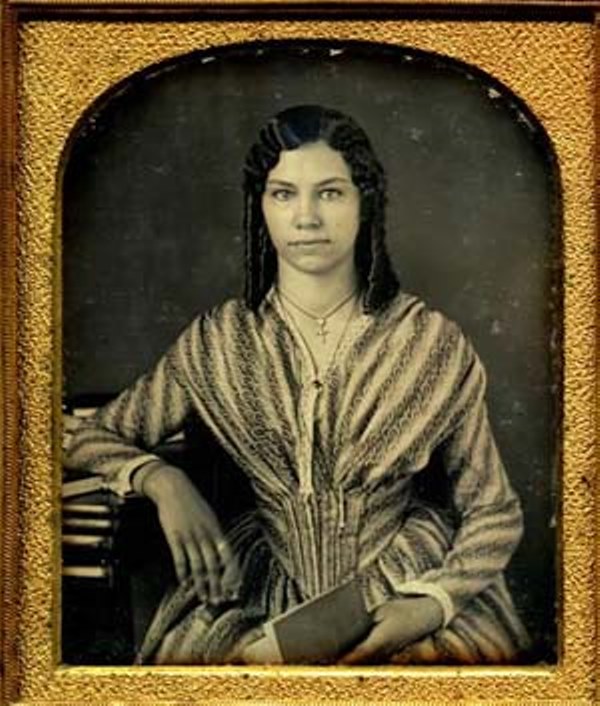(A young Creole woman from New Orleans. Nola.org)
Much has been written about the seemingly murky position free people of color occupied in the social structure of Antebellum New Orleans. These people, most often descendants of enslaved Africans and Europeans, neither experienced the privilege of whiteness nor the complete oppression of slavery. Free women of color, in particular, had a very strange assortment of laws and social norms that seemed to only apply to them. While the white women of New Orleans still operated under the patriarchal rule of the time, free women of color also had to combat racism, colorism, and the intricate trappings of being between social classes. I previously wrote about the Tignon Laws that banned Black Creole women from wearing their natural hair unwrapped in public and the ways in which these women rebelled against this law in order to maintain their chosen aesthetic and culture. I would like to research laws and social norms that follow this same vein and answer the question of, “How did free women of color operate and survive within the social structure of New Orleans in the 1700s and 1800s?”


February 27, 2018 at 1:06 pm
Olivia: Excellent and interesting topic. I’m eager to see what you come up with. It may be well beyond the scope of your project, but I’m also interested in which of these customs survive, perhaps in a vastly different form of expression, in the city today.